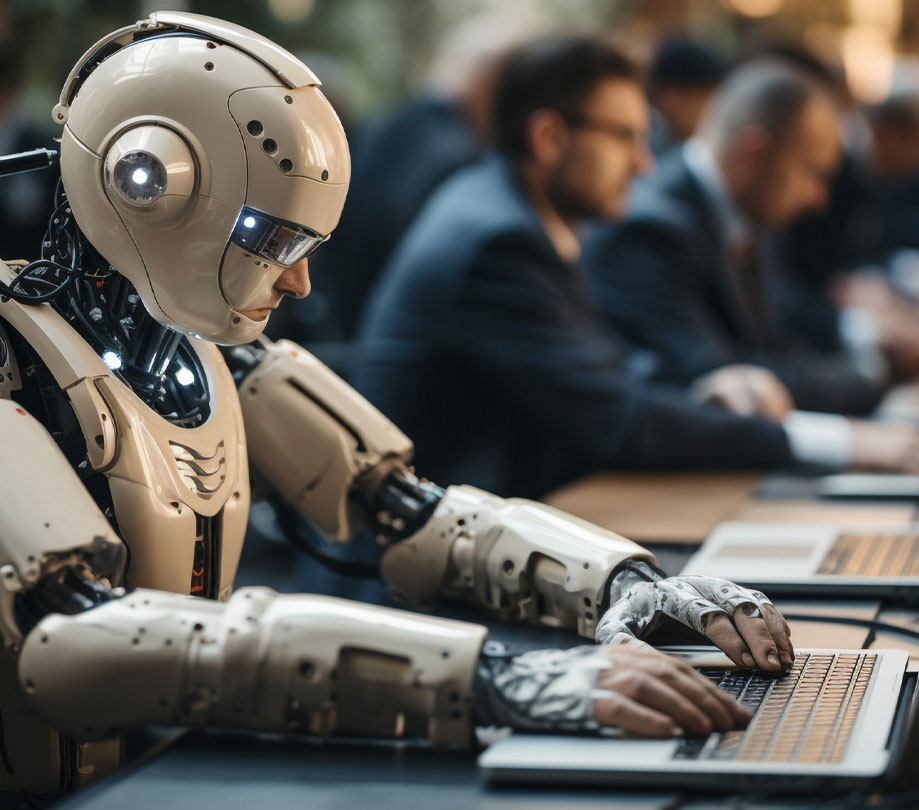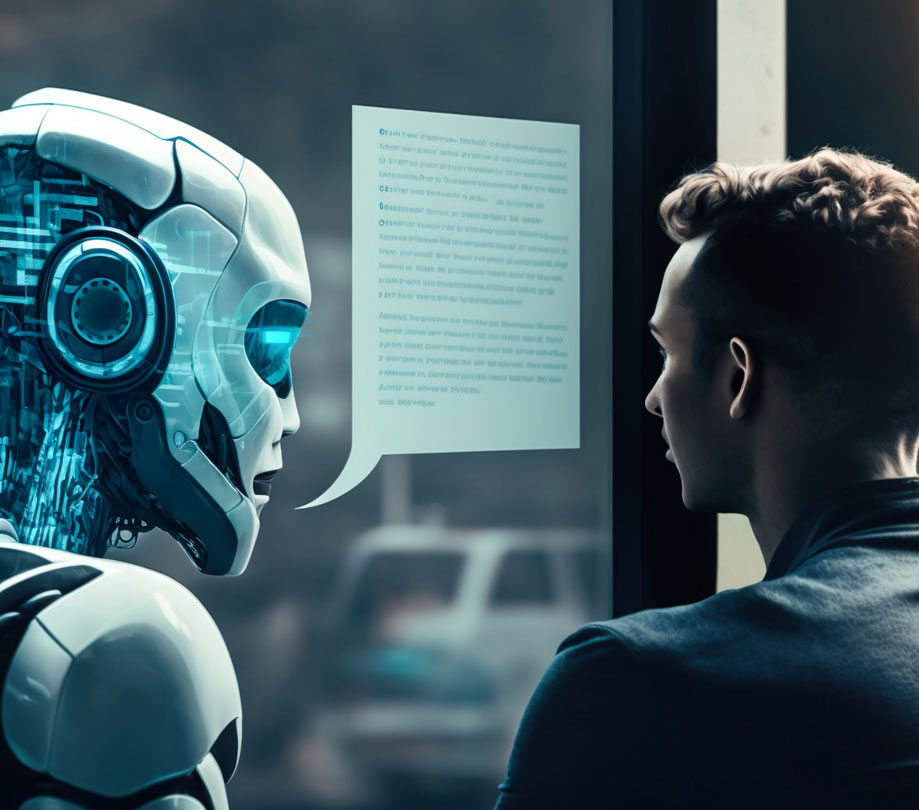Human and robot collaboration will increase says Pudu Robotics
Friday, December 15, 2023

|
Richard Harris |
Felix Zhang, CEO of Pudu Robotics predicts that 2024 will be the dawn of a robotic era, where human and robot collaboration become commonplace. He also predicts that your grandparents might befriend a robot, general-purpose robots will go B2C, and LLMs will accelerate the development of robots.
While back-of-house robots have recently received much of the attention (e.g., Chipotle's Autocado, Sweetgreen's Kale shooting robot, and White Castle’s "Flippy"), front-of-house robots are expected to show up more regularly, serving food, gathering dirty dishes, and sometimes even hosting.
Labor shortage drives the restaurant industry to hire more robots for front-of-house work
It’s driven by an unprecedented labor shortage as 62% of restaurant operators reported difficulty hiring (2023, National Restaurant Association). Over the next year, we anticipate seeing at least one national chain adopt service robots as the pace of robotic adoption hastens.
Your grandparents might befriend a robot
More than 1 in 6 Americans are now 65 years or older, and life expectancy continues to grow thanks to medical advancements. Our aging population is contributing to a major healthcare staffing crisis. The next 12 months will see the increased adoption of robots in healthcare as short-staffed hospitals and senior-living facilities employ the technology to complete tasks, monitor daily routines, provide reminders for medication schedules, detect changes in body temperature, and warn medical professionals and families of any abnormalities. Robots can also provide emotional support for the elderly and robot-assisted living will become a crucial asset for the growing elderly population.

2024 will be the dawn of the robotic era
If 2023 is the year of Gen AI, 2024 will be the year of the robot. As autonomous technology becomes more advanced and the integration of gen AI makes robots more intelligent, we can expect to see robots in even more applications and places than just restaurants, warehouses, and factories. We are only years away (and in some cases months) from seeing robots in stores that can greet shoppers with personalized recommendations, clean and traverse large venues like casinos and outdoor spaces like amphitheaters, carry medicine in hospitals, and even monitor the elderly in senior living facilities. As robots gain more IoT-related controls, we anticipate architecture will follow, enabling robots to use elevators, control lights, and other smart home devices, and open new doors.

General-purpose robots go B2C
Humanoid robots are becoming increasingly popular as a start-up in China has already started producing them on a large scale. Companies like Amazon and Tesla have also begun developing their version of these general-purpose robots. As conversations between humans and robots improve, robots will become more commonplace in the everyday lives of individuals. In the next few years, we’ll see the appearance of general-purpose robots targeted to the consumer market that can navigate work and personal spaces, and perform various tasks such as picking up the mail, helping out with dinner, and helping kids with their homework. Of course, before all this can happen the industry needs to ensure that all generated responses align with community values and safety standards while also ensuring that robots can reliably and responsibly interact with the real world.
Humans and robots will collaborate and become a vital part of the workforce.
Human-robot collaboration will become increasingly commonplace in the next few years. By continuously engaging with humans and observing their behavior, robots can progressively enhance their ability to interact. For instance, robots can learn about human habits and preferences, enabling them to better cater to human needs. Robots will transition from mere tools to becoming productive partners in human workplaces. They will have stronger perception, learning, and decision-making capabilities and will be able to better adapt to complex work environments and complete tasks. Instead of needing assistance, robots will do more work autonomously, reducing the burden on humans and providing them with more advanced services.

LLMs will accelerate the development of human-like robots
Large language models can effectively enhance human-robot interaction, particularly in semantic understanding. Take, for instance, a robot serving as a shopping guide in a supermarket. Previously, to find a specific brand of electric toothbrushes, customers needed to navigate through "personal care," then "toothbrushes," followed by "electric toothbrushes," and finally the brand. With significant improvements in voice recognition and semantic understanding, it's now possible to locate the item directly through a single command. Large models are highly beneficial for advancing end-to-end algorithms in modules such as positioning, navigation, and perception, significantly enhancing the efficiency of their evolution to achieve global optimization. In 2024, the development of human-like robots will progress rapidly.
The U.S. is ripe for commercial service robots in restaurants and beyond
The prospects for the development of commercial service robots in the U.S. market are tremendous - and not just limited to restaurants. Robots are well-suited for various industries in the U.S. for several reasons. Customer sites across different sectors tend to have large areas, with relatively wide corridors. Many fast-food restaurant aisles are wider than those in high-end restaurants in other countries. Plus, there is an emphasis on equality, with many facilities - designed to be accessible for individuals with disabilities - featuring large spaces, wide corridors, and flat floors conducive for robot navigation. The degree of chain operation in various industries in the U.S. is very high, which means lower sales costs. Finally, the country has advanced technological levels, and there is a relatively high acceptance of tech products.

Become a subscriber of App Developer Magazine for just $5.99 a month and take advantage of all these perks.
MEMBERS GET ACCESS TO
- - Exclusive content from leaders in the industry
- - Q&A articles from industry leaders
- - Tips and tricks from the most successful developers weekly
- - Monthly issues, including all 90+ back-issues since 2012
- - Event discounts and early-bird signups
- - Gain insight from top achievers in the app store
- - Learn what tools to use, what SDK's to use, and more
Subscribe here

_r2f0ox12.jpg&width=800)










